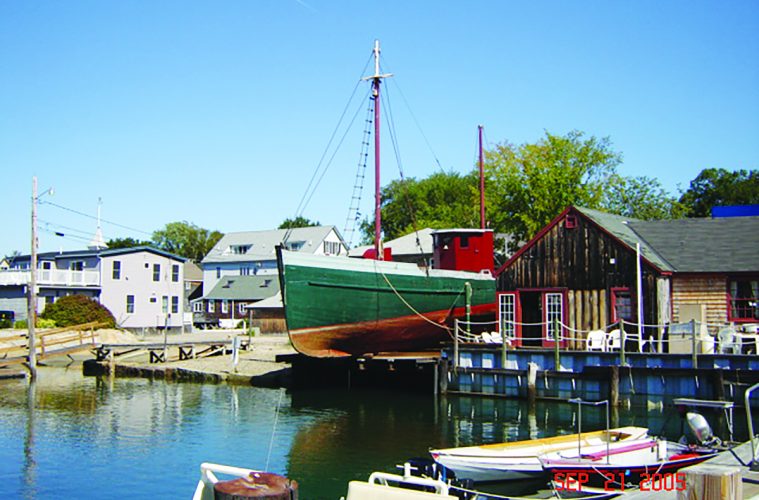It was 1939 when Richard Arnold first set sail on the Phyllis A. He was 10 years old, the son of a celebrated Gloucester fishing captain, and he was determined to carry on his family’s seafaring legacy.
“I kept begging my father, and one night at supper he asks me, ‘You wanna head out tomorrow?’” says Arnold, now 87. “I jumped at the chance. It was in my blood. [Fishing] was all I wanted to do.”
The Phyllis A. is Gloucester’s oldest fishing vessel, a 58-foot gillnetter built in 1925 by the Warner Shipyard of Kennebunkport, Maine. The boat, named for Arnold’s sister, was part of a revolution in the local fishing industry. Arnold’s father, Albert, was leader of the “Michigan Bears,” a group of Great Lakes anglers who brought Norwegian gillnetting to Gloucester in 1910. Unlike trawlers, which pull nets through the water, gillnetters set their nets and ensnare fish according to their size. The technique quickly became one of the dominant fishing methods on Cape Ann.
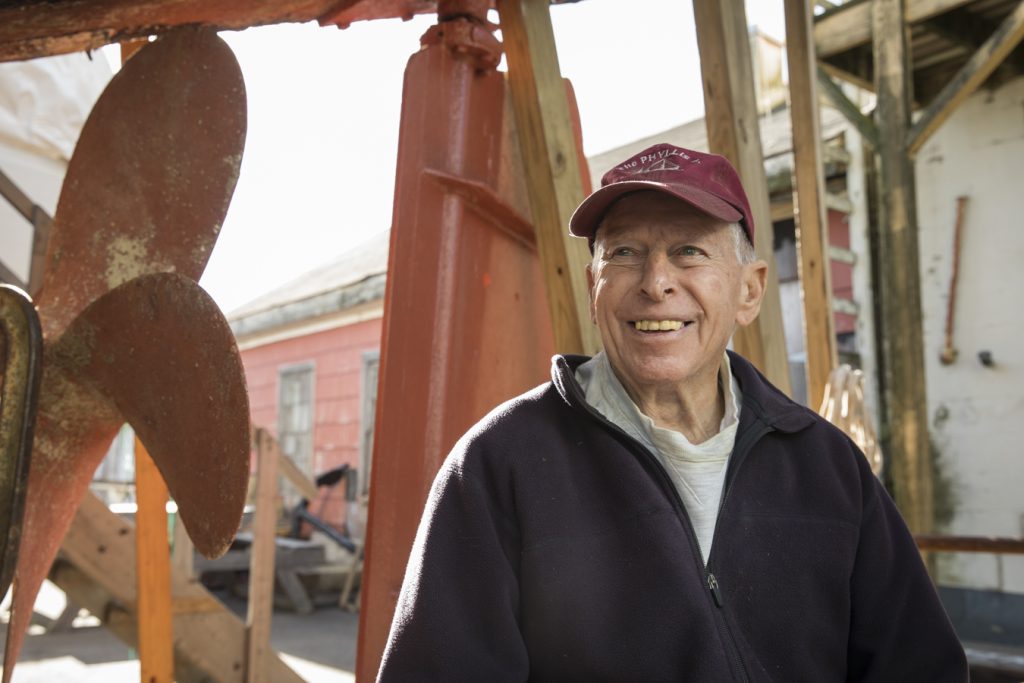
Captain Richard Arnold hopes to see the boar preserved as a testament to his father and Gloucester’s pioneering seaman.
For 75 years, the Arnolds owned and operated the Phyllis A. out of Gloucester, where the boat’s salted green hull and maroon wheelhouse came to symbolize the hardworking men who made their living on the water. But today, the boat that helped change the course of New England fishing sits languishing at Gloucester Marine Railways, its weathered planks and ribs dried out and brittle. Without extensive repairs, a Cape Ann classic will be lost forever.
“If she’s still here next year,” says Douglass Parsons, the Railways’ yard foreman, “she stands a good chance of going into the dumpster.”
Parsons is president of the board of the Phyllis A. Marine Association (PAMA), a nonprofit founded in 2006. In September, PAMA launched a $500,000 public fundraising campaign to rebuild the boat from bow to stern. The goal, say organizers, is to preserve the Phyllis A. and bring it to ports throughout the Northeast, promoting Gloucester’s proud fishing heritage.
For Captain Arnold, the restoration cannot come soon enough. After retiring from fishing in 2000, he hoped to see the boat preserved as a testament to his father and Gloucester’s pioneering seamen. The vessel spent a few years on display at the Arundel Wharf Restaurant pier in Kennebunkport, but when the Kennebunk River began to silt in, PAMA brought the boat back to Gloucester in 2006.
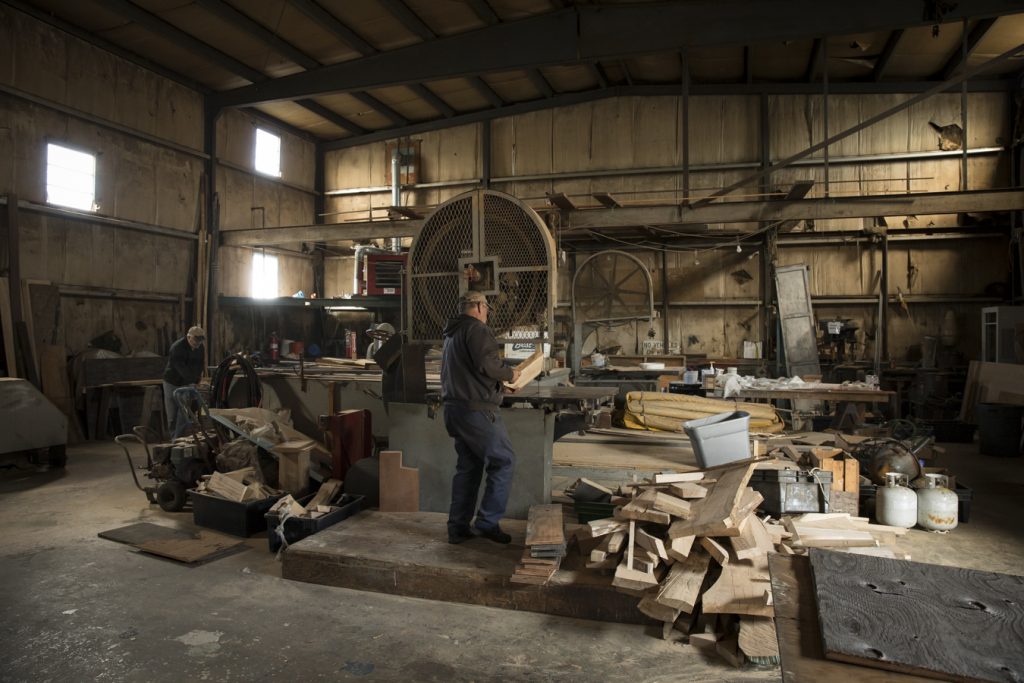
Since then, Community Preservation Funding has enabled small repairs, but Parsons and his volunteers pulled the Phyllis A. from the water in 2013 in anticipation of $200,000 in state funding. According to PAMA, those funds have been indefinitely postponed. Meanwhile, after three years in dry dock, the 91-year-old Phyllis A. is in dire shape.
Gloria Parsons, Douglass Parsons’s wife and PAMA’s treasurer, says locals might be wary of supporting the project after the long and costly process of restoring the 121-foot Adventure, a two-masted schooner built in Essex in 1926. Volunteers began work on Adventure in 1988, but the project took more than 25 years and $3 million to complete.
While the Phyllis A. needs a complete overhaul, Gloria Parsons says the repairs will be much less costly and time-consuming because the boat is one-eighth the size of Adventure. And she notes that volunteers aren’t the only ones hoping to see Gloucester’s last original gillnetter restored.
“She’s been a part of so many of the families here,” says Parsons.
Several of the Michigan Bears’ descendants still call Gloucester home, and some 300 fishermen have earned their living on the boat since little Phyllis Arnold christened the Phyllis A. almost 100 years ago.
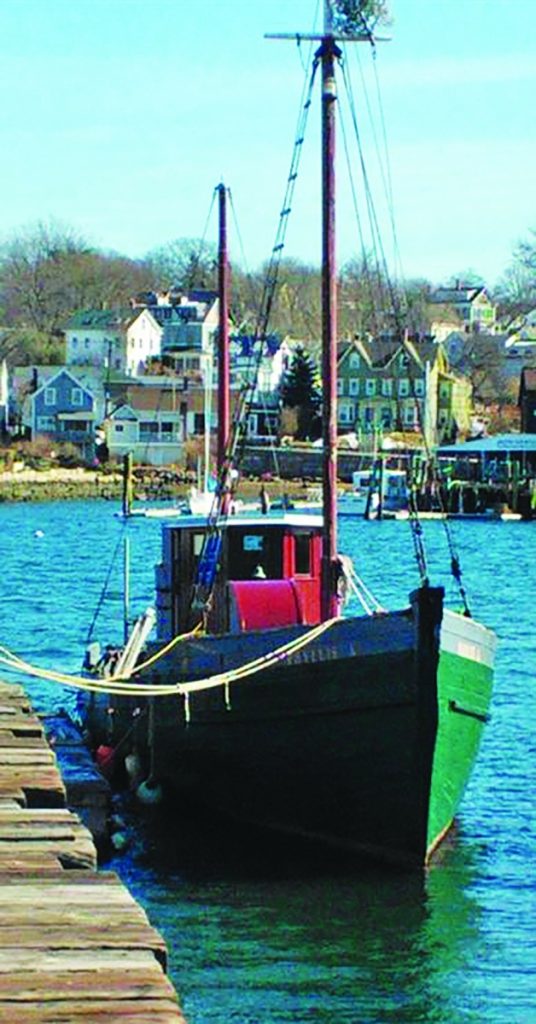
Ray Hilshey is one of those fishermen. The 64-year-old spent four years on the Phyllis A. in the late 1980s. He now owns and operates the 44-foot scalloping boat Victoria. Hilshey says working with Captain Richard Arnold “was like fishing with your best friend,” and he remembers plying the Atlantic from the deck of one of Gloucester’s most iconic boats.
“There’s nothing left around like her anymore,” says Hilshey. “It’s a living display, and it’s something that shouldn’t be forgotten.”
The first priority in saving the Phyllis A. is returning it to the water. To do that, Douglass Parsons and his crew will use the first $200,000 to make the boat weather-tight, rebuilding the entire hull and fo’c’sle (the forward part of the ship where the sailors’ living quarters are).
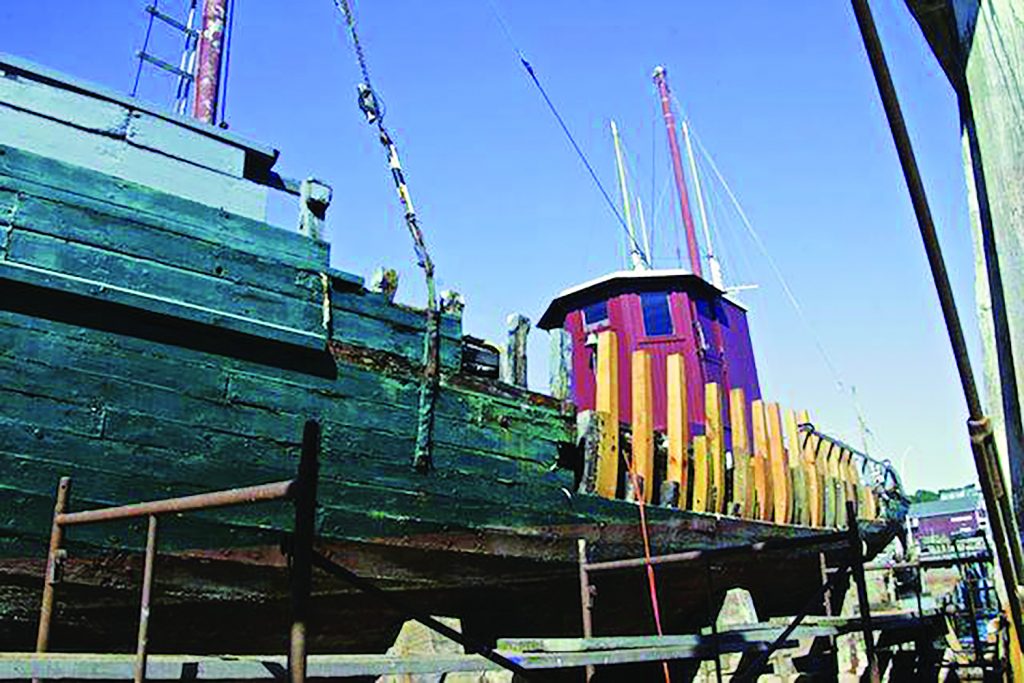
Once the boat is back in its element, shipwrights will begin work above the waterline, using $100,000 to rebuild the Phyllis A.’s deck. The next portion of funding will restore the Detroit Diesel 6-71 engine, two masts, and 25,000-pound-capacity fish hold. The final $100,000 will fund the navigation, electronic, and safety equipment needed to meet Coast Guard standards.
As of press time, PAMA had raised $4,000 toward the restoration. The Massachusetts State Legislature approved an additional $60,000 for 2017, and organizers are hopeful that the public will rally to save a centerpiece of Gloucester’s fishing history.
“She’s been in my life all my life,” says Arnold. “It’d be a shame if we let her go to pieces.”
To support the Phyllis A. restoration effort, go to gofundme.com/phyllisamarine

